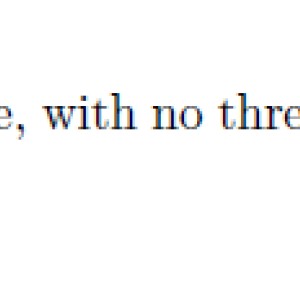Discrete Math/ Set theory Question
I need help with the question below. I would really appreciate if you can solve it for me.
 Newton28
Newton28
33
Answer
Answers can only be viewed under the following conditions:
- The questioner was satisfied with and accepted the answer, or
- The answer was evaluated as being 100% correct by the judge.
 Aman R
Aman R
649
The answer is accepted.
Join Matchmaticians Affiliate Marketing
Program to earn up to a 50% commission on every question that your affiliated users ask or answer.
- answered
- 1638 views
- $10.00
Related Questions
- Find the chromatic number of Kn, Kn,m, Cn.
- Probability of making a full house in a poker hand
- How many balanced lists of n left and n right parentheses are there?
- Discrete Math Question
- Find a system consisting of two sets, neither of which is a subset of the other
- Prove a set is well-ordered
- [Discrete Mathematics] Big-O Notation
- Logic Question 𝐴→(𝐵→𝐶),𝐴→𝐵,𝐴⊢𝐶


Do you have a reference book to follow on the notation that you use?
What does R^(4)(n,5) mean in this context?